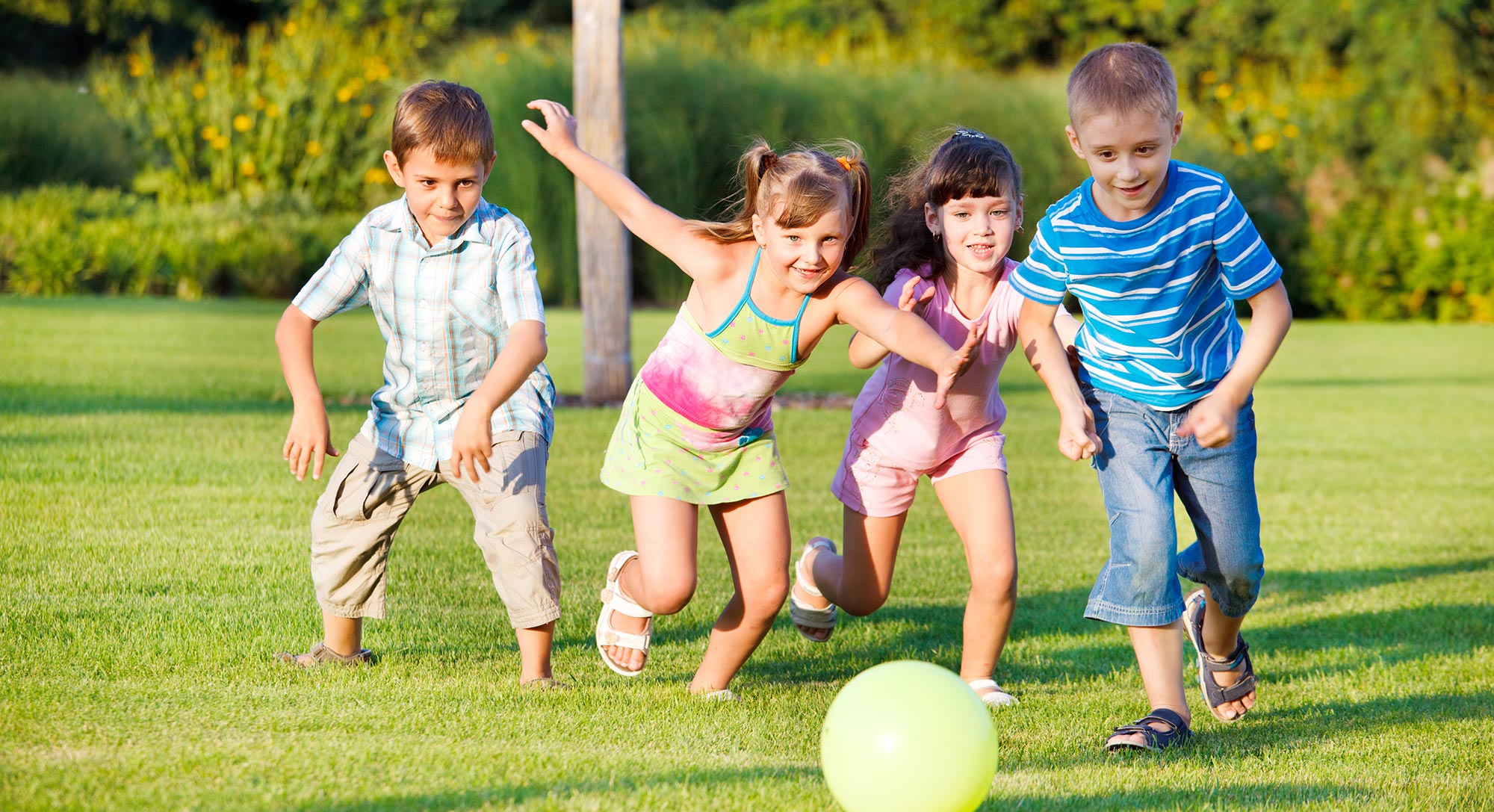Transforming old materials into unique garden décor not only gives your outdoor space a personalized touch but also contributes to sustainability by reducing waste. Here are some inventive ways to repurpose everyday items and create a garden that's both functional and visually appealing.

Vintage Bathtub as a Raised Bed GardenA vintage bathtub can be turned into a charming raised bed garden. Start by layering drainage rocks at the bottom of the tub to ensure proper water flow. Then, fill it with about eight inches of soil and carefully arrange your chosen flowers or plants, making sure each has enough room to grow. Place the bathtub in a sunny spot, and watch your garden flourish in this quirky, upcycled planter.
Old Tires as Flower PlantersGive old tires a new life by using them as flower planters. Simply fill the tire with compost or potting soil and plant a selection of flowers within the tire's ring. Alternatively, for a low-maintenance option, fill the tires with artificial grass and place potted flowers on top. This is an ideal solution for those with busy lifestyles, as artificial grass requires no watering. For added creativity, paint the tires with fun designs and vibrant colors to brighten up your garden.
Chest of Drawers for a Vertical GardenOld furniture, like a chest of drawers, can be repurposed into a vertical garden. Secure each drawer to a sturdy board, which can then be attached directly to a fence. The drawers can be filled with soil and plants or used as holders for flower pots. Additionally, this setup can serve as storage for gardening tools like watering cans, plant food, or a trowel. To prevent water damage, place a shallow tray at the bottom of each drawer before adding soil or plants.
Gutters and Untreated Timber for a Gutter GardenGutter gardens are an innovative way to protect your plants from excessive shade, cold soil, and curious critters. To prevent water damage to your home, attach small wood blocks to the exterior before installing the gutters. You can then attach the gutters to these blocks on the siding of your home. For a safer, toxin-free option, consider using untreated wood planters, especially when growing vegetables.
By creatively repurposing old materials, you can design a garden that's not only unique and stylish but also eco-friendly.
